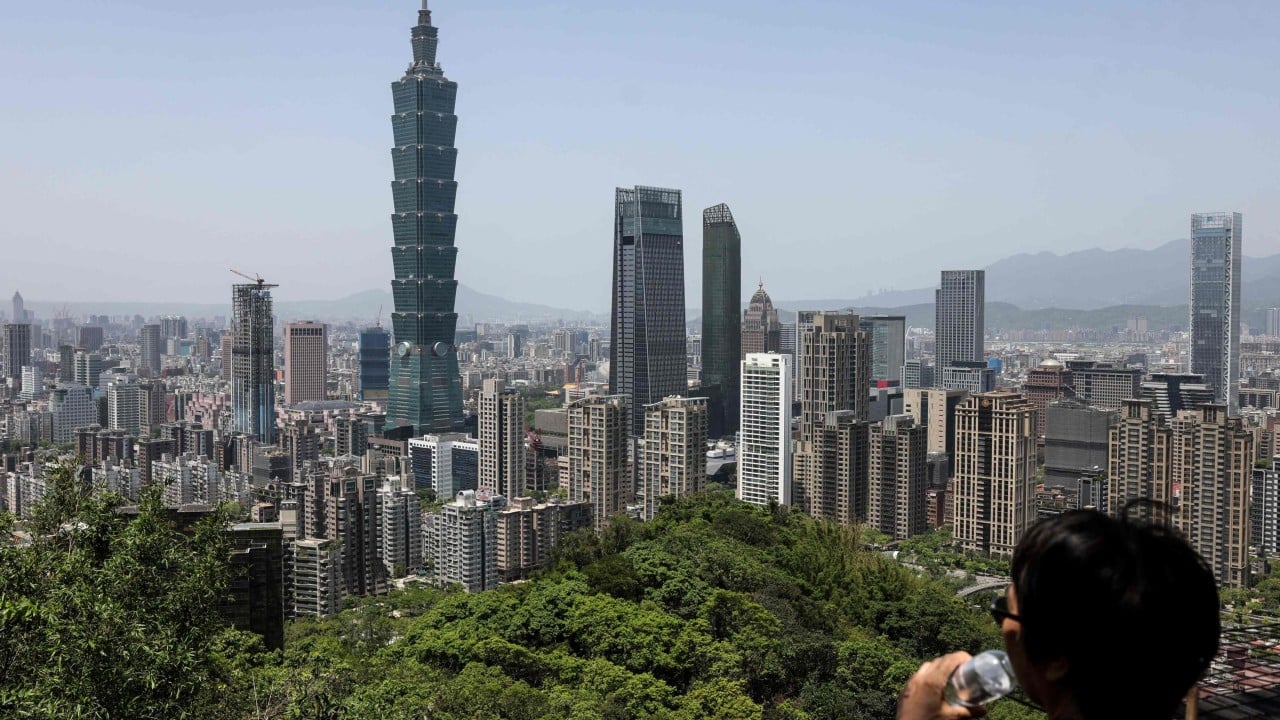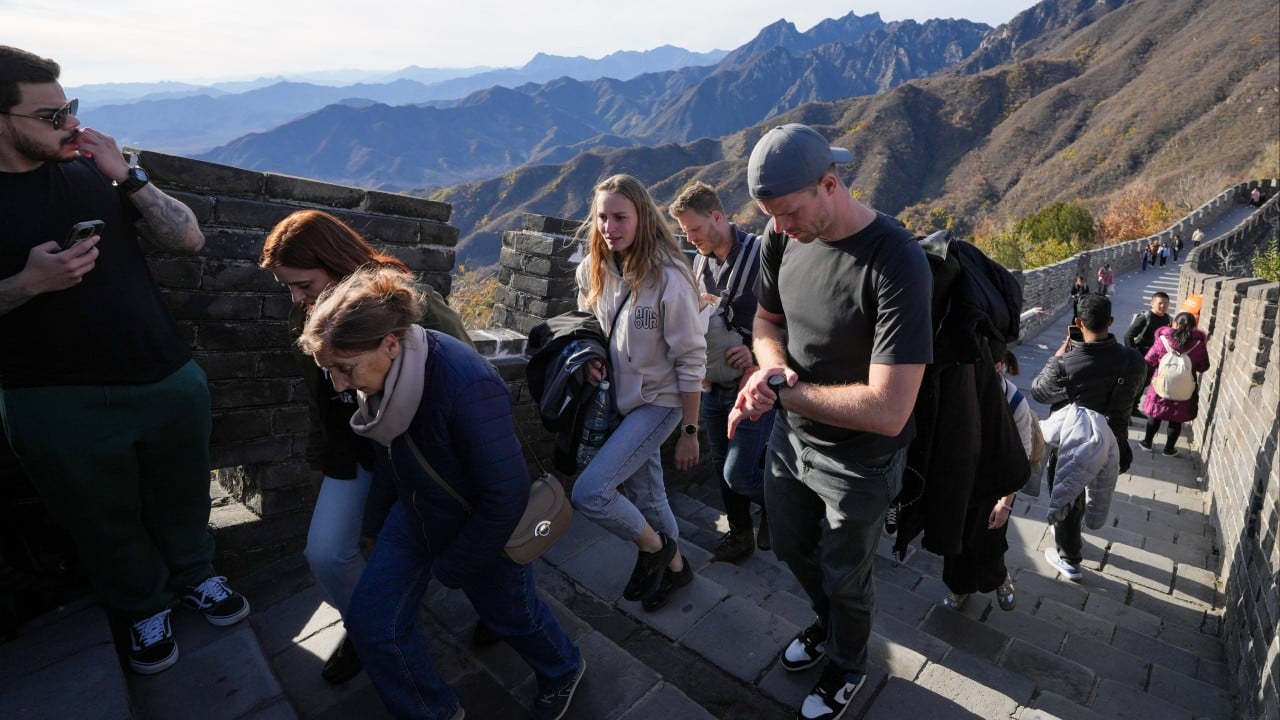
All it required was just four hours.Imagine constructing an advanced electrical lorry with the speed and precision of a well-oiled supply chain.
In Chinas Yangtze River Delta, this isnt futuristic ambition however an industrial truth.
A carmaker there can manage its whole supply chain in less time than it requires to binge-watch two movies.Shanghai, a city that grows on innovation, provides the lorrys brain -- microchips and AI-driven software application.
2 hundred kilometers west, Changzhou pumps in the heart -- high-capacity power batteries.
Ningbo, a short drive south, molds the cars and trucks body utilizing die-casting devices.
This smooth partnership has actually birthed a 4-hour commercial ecosystem, a hallmark of up-to-date supply chains turbocharging Chinas manufacturing prowess.At the end of this ecosystem is the sight of Shanghais Haitong International Automotive Terminal buzzing with activity, as ro-ro ships load cars bound for global markets.
Customizeds information exposed that 798 global vehicle carriers departed the port in 2024 alone, exporting 1.298 million lorries -- a testament to the Yangtze River Economic Belts dominance as Chinas biggest vehicle corridor.Innovation along the riverThe belts change extends far beyond automobiles.
In Wuhans East Lake High-Tech Development Zone, called Chinas Optics Valley, the nations very first suspended rail line moves quietly above streets, embodying the regions tech-driven aspirations.
Home to 16,000 optoelectronics firms, the zone now boasts an industry scale going beyond 500 billion yuan ($68.6 billion), controling international fiber optic and laser production.Meanwhile, 400 kilometers downstream in Hefeis Sound Valley of China, voice commands produce AI-crafted images and apps in genuine time.
This AI hub, hosting over 2,000 enterprises, has actually surpassed 200 billion yuan in annual output, anchoring a prospering community of voice recognition and synthetic intelligence.Further west, Chengdu and Chongqing are becoming powerhouses in next-generation displays, while Hunan Province, a conventional heavy market fortress, included 24 nationwide production champions in 2024, strengthening five advanced commercial clusters.Waterways weaving a worldwide networkStretching 6,300 kilometers, the Yangtze River is more than a geographical marvel -- it is Chinas financial lifeline, bridging inland production hubs to global markets.In upstream Chongqing, the Liangjiang New Areas Guoyuan Port has actually evolved from a local river terminal into a global nexus.
Its sixteen 5,000-tonne class berths and stretching lawns now connect western China to over 300 ports throughout 100 countries.Central Chinas Wuhan broadened its reach in late 2023, introducing a 2,350-nautical-mile path to Vietnams Ho Chi Minh City and slashing logistics costs for exporters with a 16.5-day round trip.Ningbo-Zhoushan Port, a downstream giant, has actually claimed the worlds busiest cargo center for 16 consecutive years, while Shanghai Port releases digital systems to improve container streams across railways, highways, and waterways.As the Yangtze River surges seaward, it brings more than water -- it propels Chinas opening-up strategy.

 18
18



















